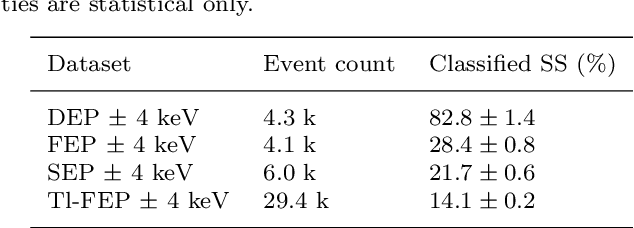M. Schuster
Convolutional Neural Networks and a Transfer Learning Strategy to Classify Parkinson's Disease from Speech in Three Different Languages
Feb 11, 2020



Abstract:Parkinson's disease patients develop different speech impairments that affect their communication capabilities. The automatic assessment of the speech of the patients allows the development of computer aided tools to support the diagnosis and the evaluation of the disease severity. This paper introduces a methodology to classify Parkinson's disease from speech in three different languages: Spanish, German, and Czech. The proposed approach considers convolutional neural networks trained with time frequency representations and a transfer learning strategy among the three languages. The transfer learning scheme aims to improve the accuracy of the models when the weights of the neural network are initialized with utterances from a different language than the used for the test set. The results suggest that the proposed strategy improves the accuracy of the models in up to 8\% when the base model used to initialize the weights of the classifier is robust enough. In addition, the results obtained after the transfer learning are in most cases more balanced in terms of specificity-sensitivity than those trained without the transfer learning strategy.
Deep learning based pulse shape discrimination for germanium detectors
Mar 04, 2019



Abstract:Discrimination between different event signatures is a key requirement for many experiments based on semiconductor radiation detectors. A prime example are experiments searching for rare processes like neutrinoless double beta decay with germanium detectors. Their sensitivity depends on the background level and how well background events can be identified through their signal structures. We present a novel method to identify one of the most abundant classes of background events in these experiments based on machine learning techniques. Our method utilizes two neural networks, one trained in an unsupervised fashion to extract the most important features from the detector signal, the other trained to classify events based on this feature representation. This approach results in a data-driven classification scheme trained on a large set of unlabeled and a small set of labeled events. To validate our method, we use signals of a broad-energy germanium detector irradiated with a $^{228}$Th gamma source. We find that it matches the performance of state-of-the-art algorithms commonly used for this detector type. However, it requires less tuning and calibration and shows potential to identify certain types of background events missed by other methods.
 Add to Chrome
Add to Chrome Add to Firefox
Add to Firefox Add to Edge
Add to Edge